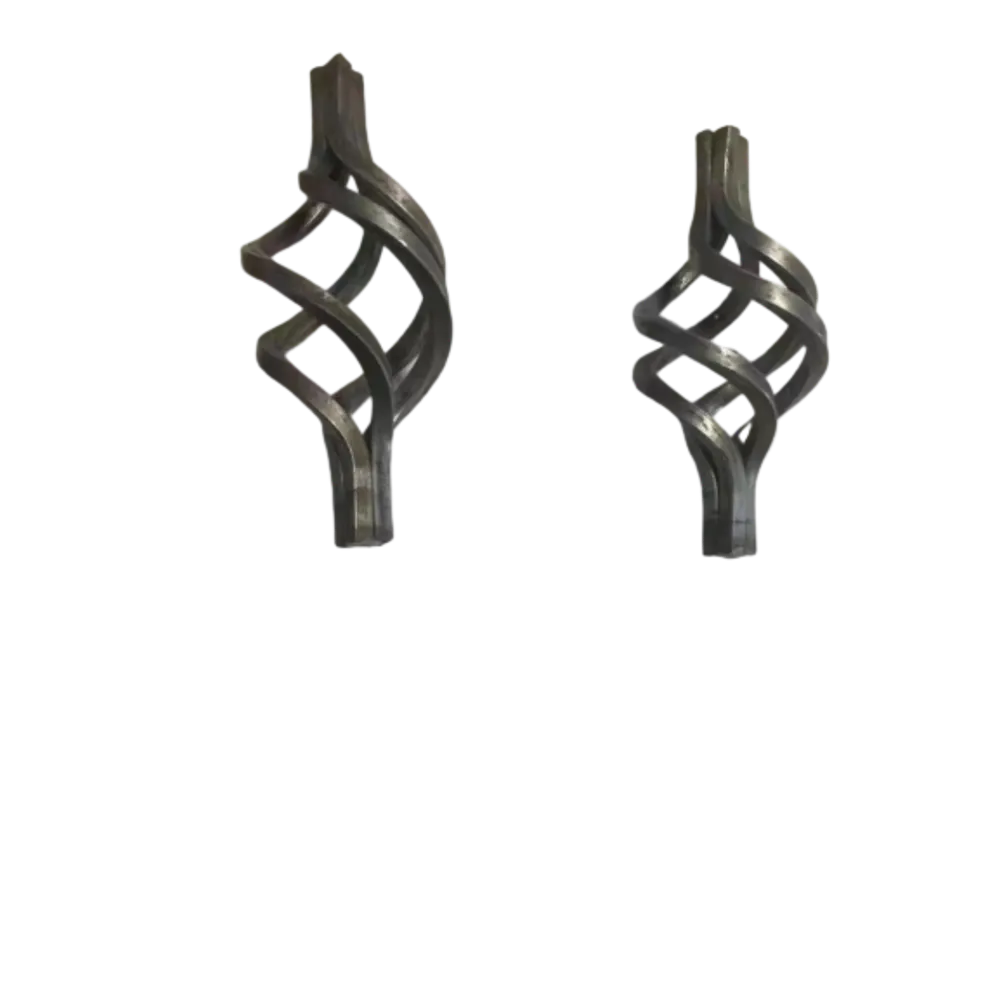decorative metal scrollwork
The Art of Decorative Metal Scrollwork A Timeless Craft
Decorative metal scrollwork is an enchanting art form that has transcended centuries, combining functionality with aesthetic beauty. This intricate craft involves the bending and shaping of metal into elegant scrolls, curves, and ornate designs. Originating from ancient civilizations, such as the Greeks and Romans, metal scrollwork has evolved over time, becoming not just a decorative element but also a representation of cultural identity and craftsmanship.
At its core, decorative metal scrollwork serves as a vital component in architectural and design projects. Whether used in gates, railings, balconies, or furniture, the artistry of scrollwork adds flair to any environment, turning ordinary structures into extraordinary focal points. The design possibilities are endless, ranging from simple geometric patterns to elaborate, organic forms inspired by nature. This versatility makes scrollwork a favored choice among architects, interior designers, and artisans alike.
One of the most appealing aspects of decorative metal scrollwork is the variety of metals available for crafting. Traditionally, wrought iron has been the material of choice due to its durability and malleability. Craftsmen can easily manipulate wrought iron to create intricate details that endure the test of time. However, contemporary artisans have expanded their palette, incorporating other metals such as aluminum, bronze, and stainless steel. Each material brings its unique attributes, allowing for diverse finishes and styles that cater to varying tastes and applications.
The process of creating decorative metal scrollwork is both labor-intensive and skilled. Artisans begin with a design plan, often inspired by historical motifs or personal creativity. Once the design is finalized, metal is cut, heated, and shaped using specialized tools. The scrolls are meticulously crafted by hand, requiring a steady hand and a keen eye for detail. This artisanal approach ensures that every piece is unique, bearing the personal touch of the craftsman.
decorative metal scrollwork

Decorative scrollwork is not only beautiful; it also has practical applications. For instance, in gardens and outdoor spaces, metal scrollwork can enhance fences and trellises, providing a sense of elegance while offering support for climbing plants. In interior design, decorative metal can be incorporated into furniture, lighting fixtures, and wall art, creating a cohesive theme that resonates with the overall aesthetic of a space.
As society becomes increasingly conscious about sustainability and eco-friendliness, metal scrollwork has also adapted to these values. Many artisans are now utilizing recycled metals, reducing waste while creating beautiful works of art. This practice not only preserves resources but also adds a unique story to each piece, making it more meaningful to the buyer.
Furthermore, the resurgence of artisanal crafts in recent years has led to a renewed appreciation for decorative metal scrollwork. Consumers are increasingly drawn to handmade items that reflect individuality and craftsmanship. This trend has fostered a community of artisans who share their skills and passion for metalwork through workshops, exhibitions, and online platforms, ensuring that this age-old craft continues to thrive.
In conclusion, decorative metal scrollwork is a captivating blend of artistry and utility that has stood the test of time. Its rich history, combined with modern innovations and sustainable practices, ensures that this craft will continue to be cherished for generations to come. Whether as a dramatic statement piece in architecture or a subtle touch in home decor, metal scrollwork offers an enduring elegance that speaks to the heart of beauty in functional design. As we celebrate this timeless tradition, we invite you to appreciate the intricate details and craftsmanship that make each scroll a testament to human creativity and skill.
-
Wrought Iron Components: Timeless Elegance and Structural StrengthNewsJul.28,2025
-
Window Hardware Essentials: Rollers, Handles, and Locking SolutionsNewsJul.28,2025
-
Small Agricultural Processing Machines: Corn Threshers, Cassava Chippers, Grain Peelers & Chaff CuttersNewsJul.28,2025
-
Sliding Rollers: Smooth, Silent, and Built to LastNewsJul.28,2025
-
Cast Iron Stoves: Timeless Heating with Modern EfficiencyNewsJul.28,2025
-
Cast Iron Pipe and Fitting: Durable, Fire-Resistant Solutions for Plumbing and DrainageNewsJul.28,2025
-
 Wrought Iron Components: Timeless Elegance and Structural StrengthJul-28-2025Wrought Iron Components: Timeless Elegance and Structural Strength
Wrought Iron Components: Timeless Elegance and Structural StrengthJul-28-2025Wrought Iron Components: Timeless Elegance and Structural Strength -
 Window Hardware Essentials: Rollers, Handles, and Locking SolutionsJul-28-2025Window Hardware Essentials: Rollers, Handles, and Locking Solutions
Window Hardware Essentials: Rollers, Handles, and Locking SolutionsJul-28-2025Window Hardware Essentials: Rollers, Handles, and Locking Solutions -
 Small Agricultural Processing Machines: Corn Threshers, Cassava Chippers, Grain Peelers & Chaff CuttersJul-28-2025Small Agricultural Processing Machines: Corn Threshers, Cassava Chippers, Grain Peelers & Chaff Cutters
Small Agricultural Processing Machines: Corn Threshers, Cassava Chippers, Grain Peelers & Chaff CuttersJul-28-2025Small Agricultural Processing Machines: Corn Threshers, Cassava Chippers, Grain Peelers & Chaff Cutters












